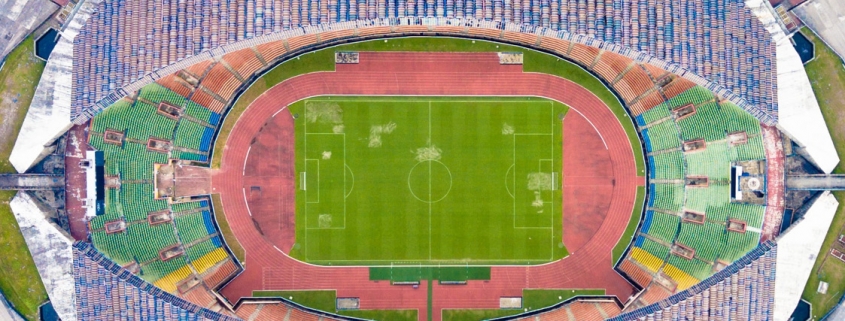Leadership in Athletics
Andrew Koene, Physical Education Head of Faculty
British School of Bucharest
Leadership in Athletics
When thinking about sports and leaders one thinks about the captain or coach of a team. But the real leader is usually behind the scenes watching their efforts unfold during each game, season and year; the athletic director. Athletic directors hire/mentor coaches, develop the athletic program vision, assess the development of the program, and organize the day-to-day operations. Every decision the athletic director makes falls back on them at the end of the year whether it was a positive or negative outcome. Thus, an athletic director must be a leader able to adapt and balance many aspects that influence the entire school.
An athletic director is a dynamic, shifting, and the evolving role of constant decision-making. Based on my experience many athletic directors should reconsider their approach towards leading. Many view the athletic program as a way for them to make a name for themselves by focusing on only winning. They also do not develop a vision or direction for their program. This approach is so detrimental to our field as it only teaches that winning is the reason why our student-athletes should participate in competitive sports. An athletic program should revolve around building lifelong characteristic traits we want to see from our student-athletes and winning should be a by-product of a well-led athletic program.
So, what style of leadership should an athletic director adopt? There are several types of leadership styles: transformational, participatory, value-based, situational and servant leadership. The issue I have seen too many times is the adoption of a one-size-fits-all leadership approach. This narrow-minded approach does not allow athletic directors to adapt to the situation. The most effective leadership style that I have implemented and believe athletic directors should become more aware of is situational leadership.
A situational leader considers the situation, adapts to the abilities of others, and leads based on those factors. By reflecting and adapting to these factors, athletic directors will have an influence on their school, program, and colleagues. The situational leadership model was developed by Ken Blanchard and Paul Hersey. It is a framework for leaders to match their abilities to the needs of the situation. Situational leadership is broken down into four components:
- Directing – This is where leaders tell individuals what to do and how to do it.
- Coaching – This is where leaders see individuals who have some skills but are not fully proficient. The focus is on helping the individual to improve their skills.
- Supporting – This is where leaders see individuals who are not fully committed to the end goal and need support to reach that goal.
- Delegating – This is where leaders only monitor and reaffirm the decisions taken by individuals.
As a situational leader, one must determine what must be accomplished (vision) and review the ability and readiness of the team they are leading. Then you decide which component of situational leadership to apply for the individual/situation you are leading.
Leading should be about guiding and adapting to the abilities of your situation or team to make sure everyone is working towards a shared common goal. Thus, an athletic director must make decisions based on these circumstances and the current situation. Once one can understand, recognize and adapt to these factors your ability to influence and lead will be impactful.
In the end, successful leadership means flexible leadership. Whether you are an athletic director or business executive, you must work hard to understand the people you are leading and the vision of the organization. Situational leadership has allowed me to be more mindful of each situation, individual, and school. As I have reflected on many approaches as an athletic director, situational leadership has rewarded me with more successful experiences than any other approach.
What do you think about the points raised in this article? We’d love to hear your feedback.
ABOUT THE AUTHOR

Andrew Koene is the Physical Education Head of Faculty at the British School of Bucharest. He is a graduate from the University of Wisconsin La Crosse, where he received his degree in Exercise Sports Science – Physical Education and School of Health Education. He also has his Master’s in International Education, as well as Educational Leadership, from Framingham State University. He is an experienced international educator and leader who enjoys the opportunity to positively impact an entire school community. Through his previous roles as an Athletic Director and Physical Education Head of Department, he has used his leadership skills to further develop teachers, student-athletes, coaches, athletic programs, and school strategic plans.





I appreciate your take. I agree that winning should be the byproduct of the culture and vision you cultivate. And… I love the idea that situational leadership relies on adaptability and applying the knowledge of the situation and the parties within it to make choices to further your culture and vision. Sounds like a winning recipe. Be interested to hear about your strategy in creating vision and that ‘why’ for a school and its members.
JWF